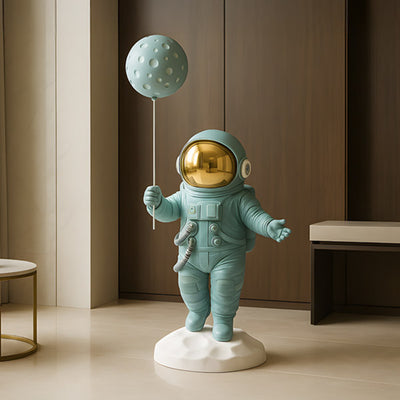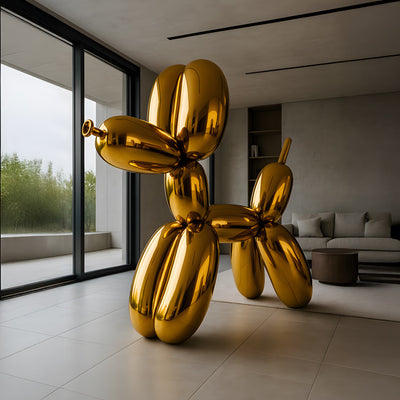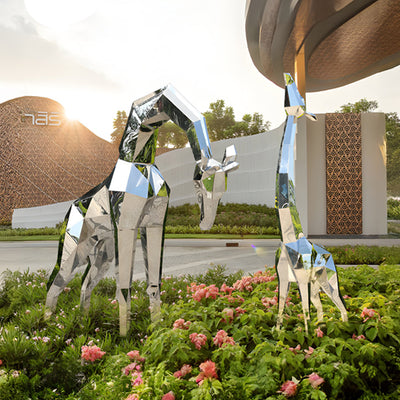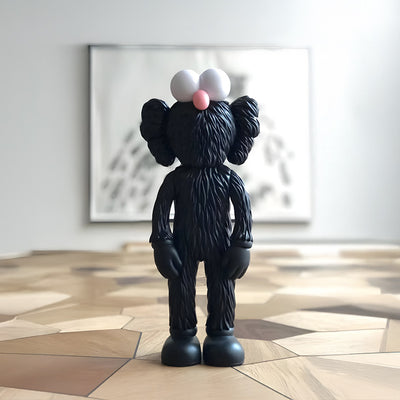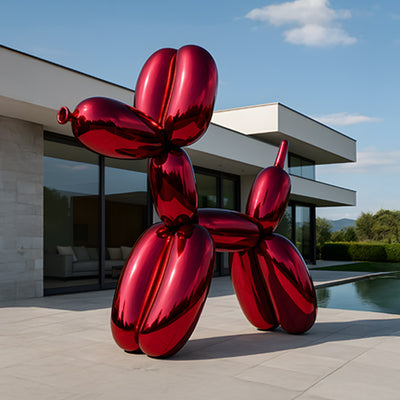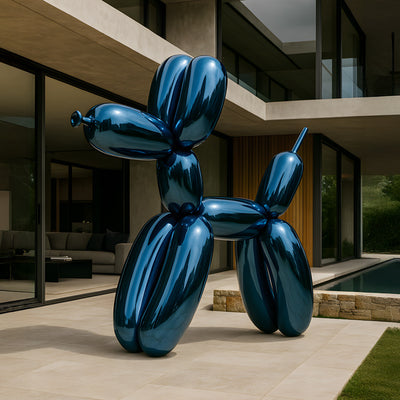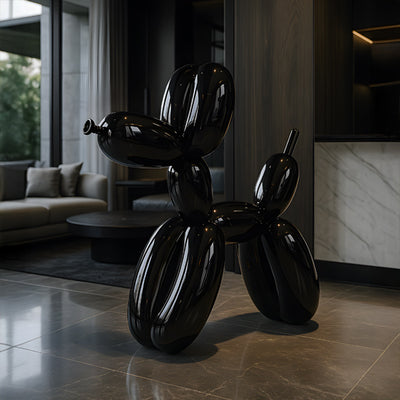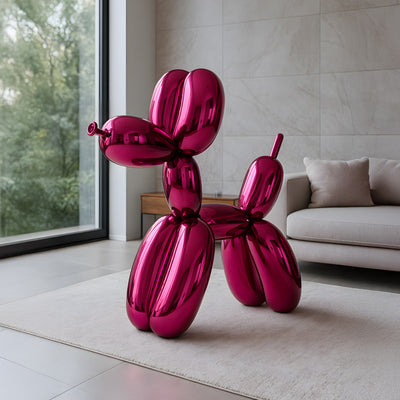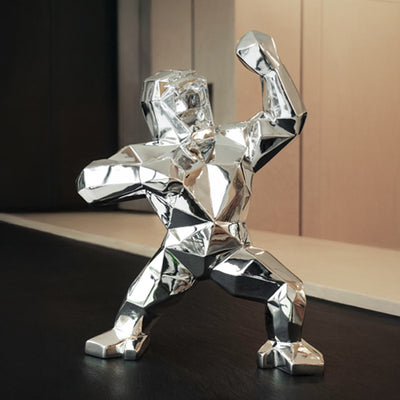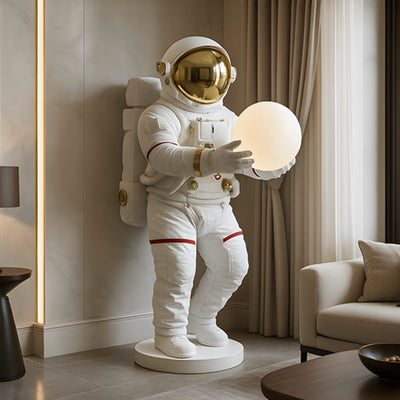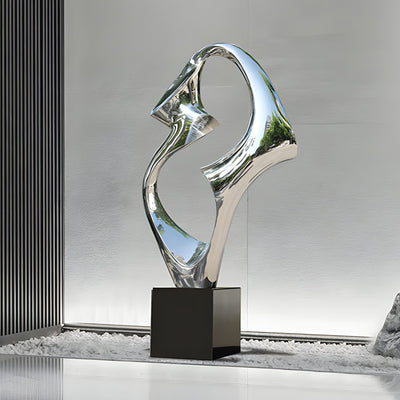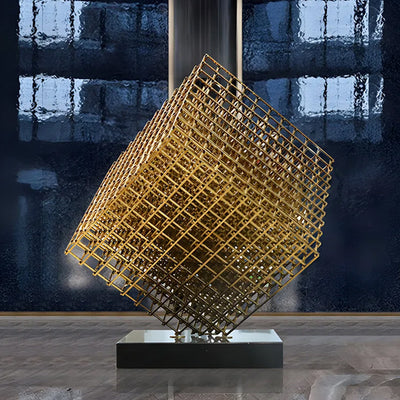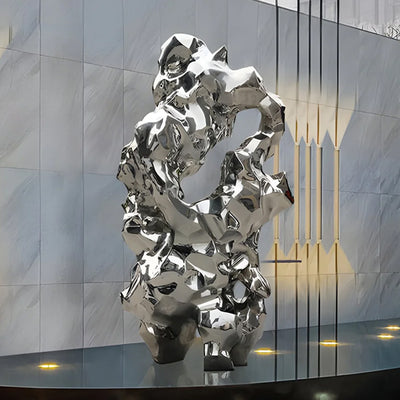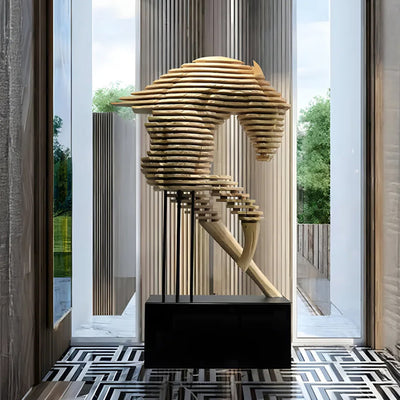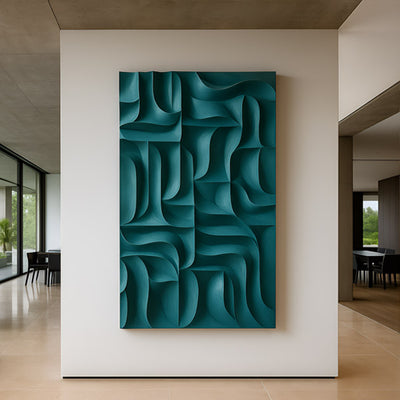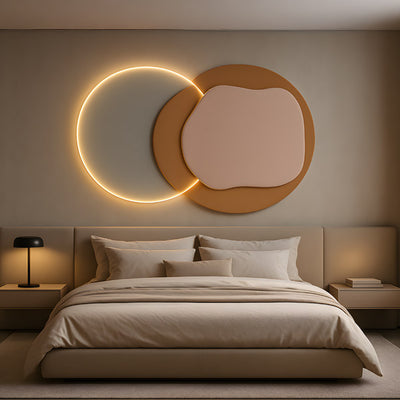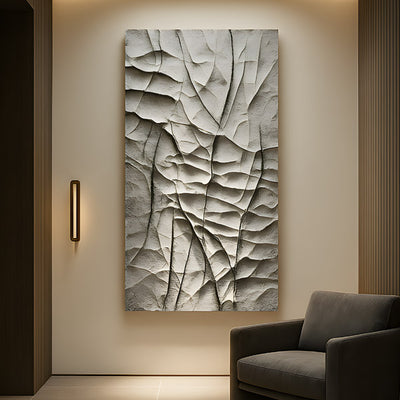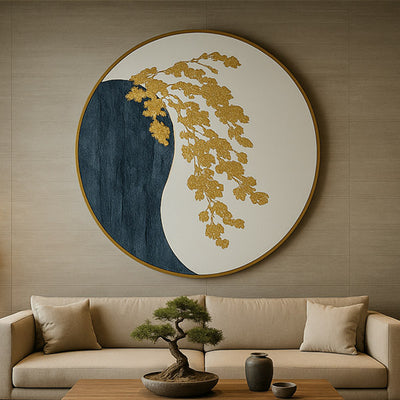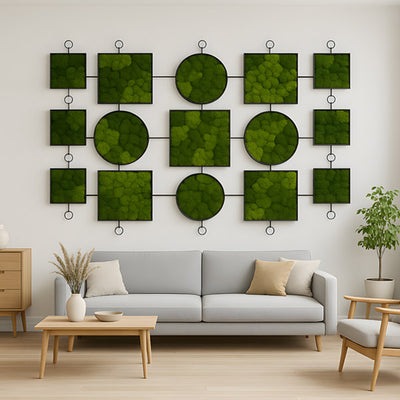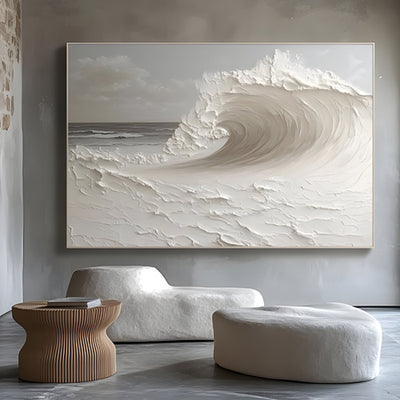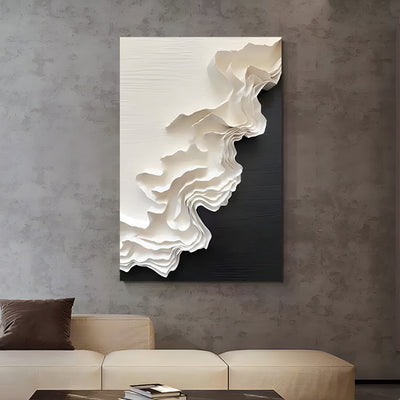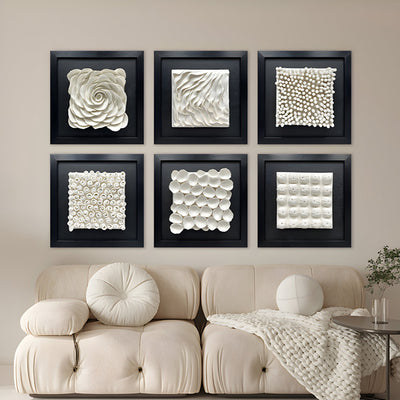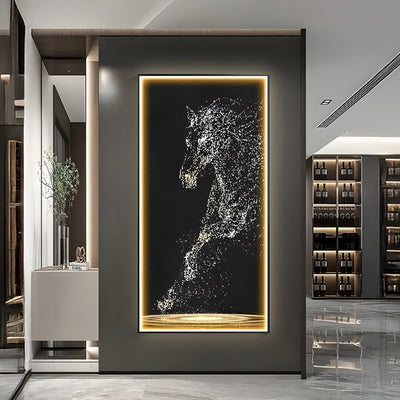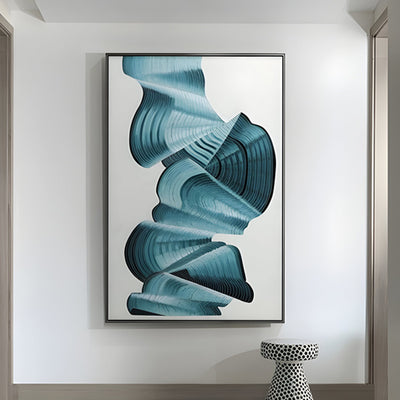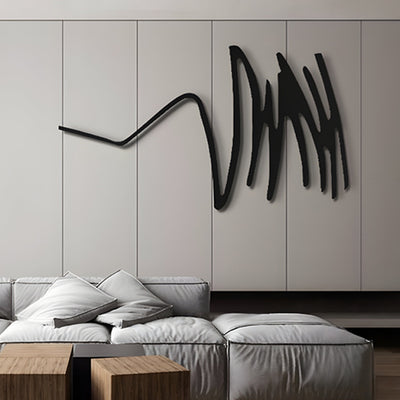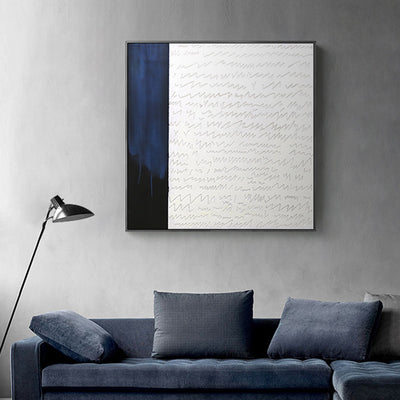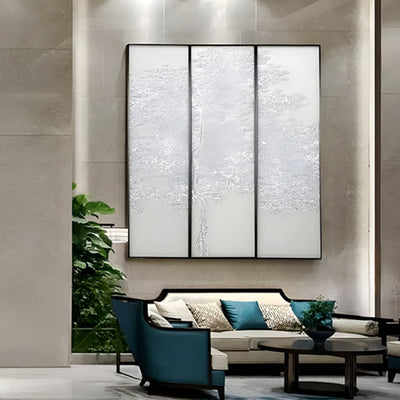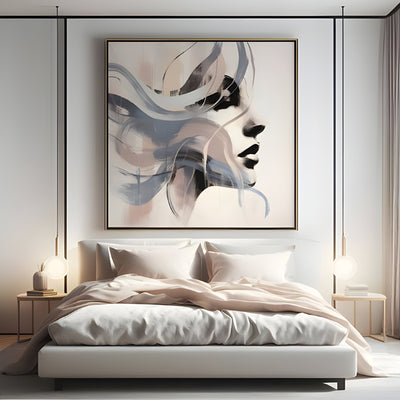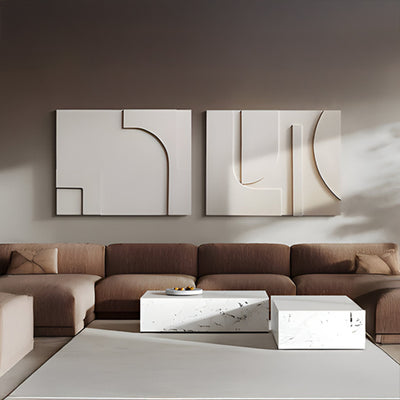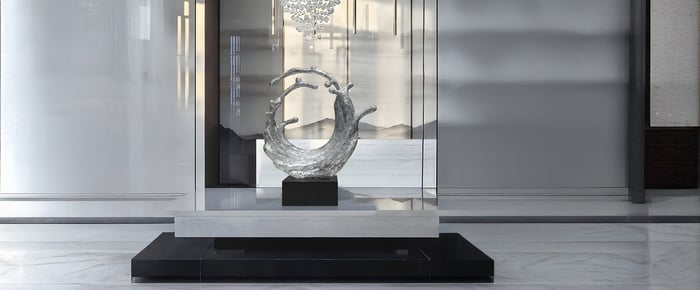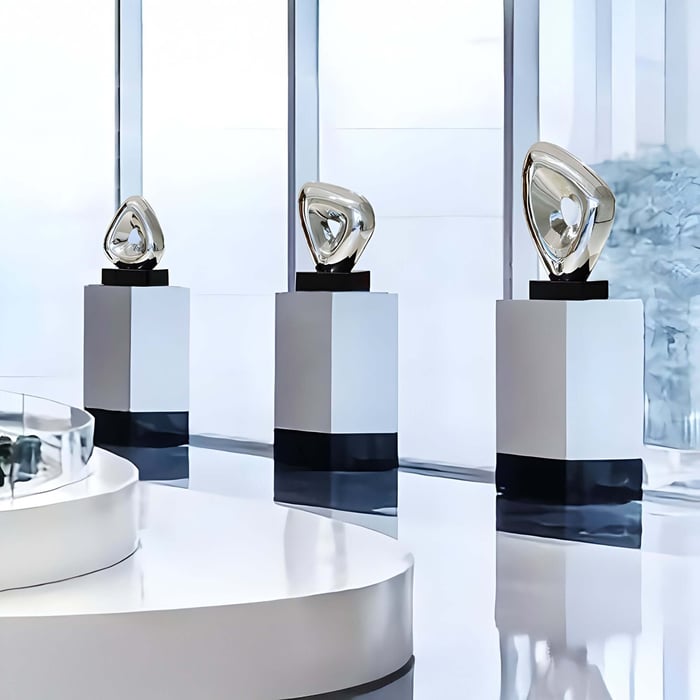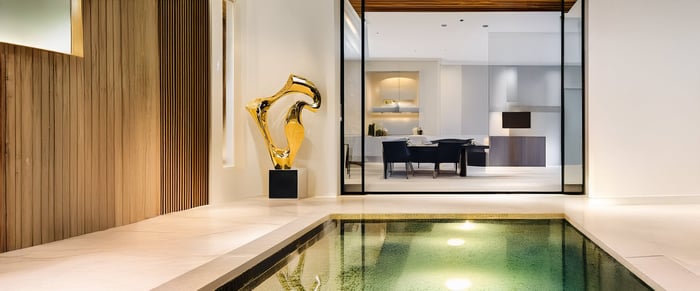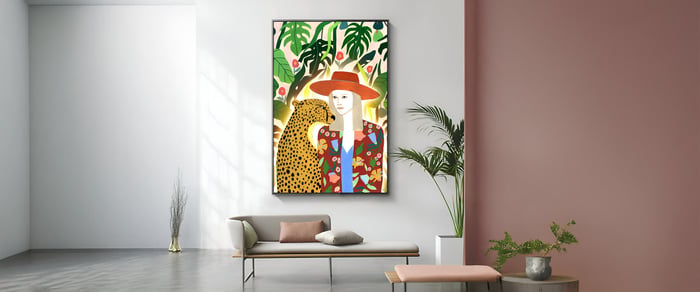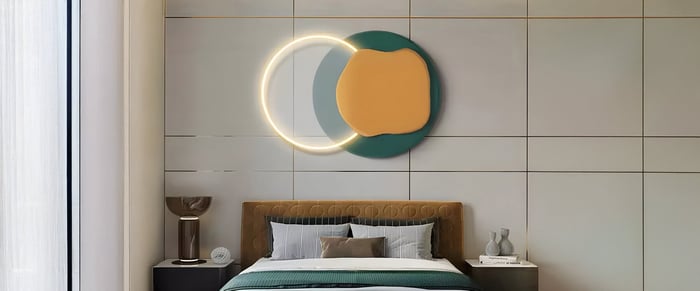Introduction
Imagine stepping into a room and encountering a stainless steel abstract sculpture, gleaming elegantly under ambient lighting, instantly capturing your attention. Did you know abstract art accounts for nearly 40% of public art installations globally, becoming a powerful tool to transform everyday spaces into breathtaking visual experiences? Among these installations, stainless steel abstract sculptures stand out due to their striking beauty, durability, and timeless appeal. These sculptures not only enhance spaces aesthetically but also evoke deep emotional responses and communicate complex ideas effortlessly.
Whether you're an art enthusiast, interior designer, or simply someone interested in elevating your environment, this guide will offer practical examples and actionable advice for incorporating abstract sculptures into your spaces effectively.
Understanding Abstract Sculptures
Communicating Through Form: Geometric Sculptures vs. Organic Sculptures
Abstract sculptures communicate primarily through their forms, generally categorized into geometric sculptures and organic sculptures. Geometric sculptures feature symmetrical, structured, and precise shapes, often emphasizing order and stability. Stainless steel geometric sculptures, characterized by sharp angles, polished surfaces, and clean lines, create visual harmony and sophistication.
Conversely, organic sculptures embrace flowing, asymmetrical forms, mirroring natural shapes and movements. Stainless steel organic sculptures often utilize smooth, fluid curves and contours to convey grace, movement, and tranquility. The difference in aesthetic impact between geometric and organic sculptures allows for purposeful selection based on desired emotional effects and spatial context.
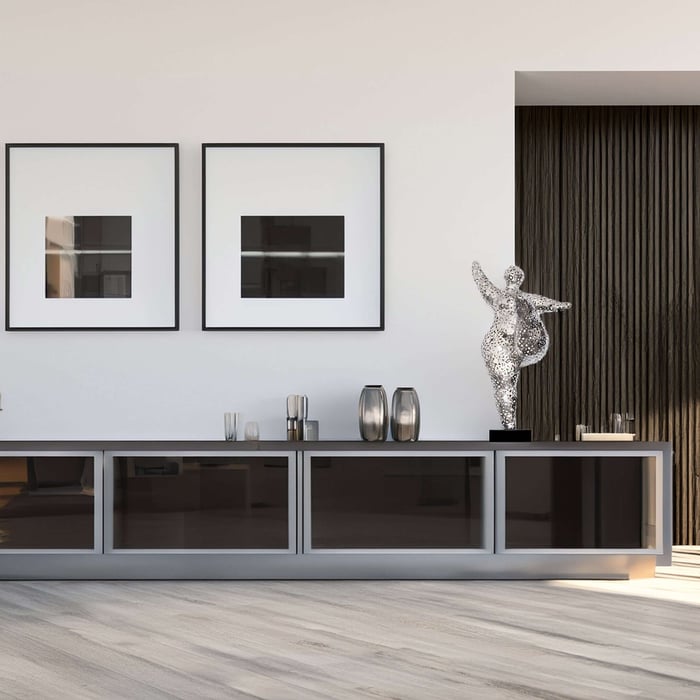
Enhancing Your Space with Abstract Sculptures
Modern Sculptures: A Contemporary Touch for Interiors
Modern sculptures crafted from stainless steel effortlessly elevate interior spaces, adding sophistication, elegance, and visual interest. Their reflective properties amplify surrounding design elements, making spaces feel larger and more vibrant. For example, imagine a contemporary stainless steel abstract sculpture positioned in the center of a luxurious hotel lobby. The sculpture’s polished surface reflects ambient lighting and architectural details, instantly transforming an ordinary space into a stunning visual experience that engages visitors emotionally.
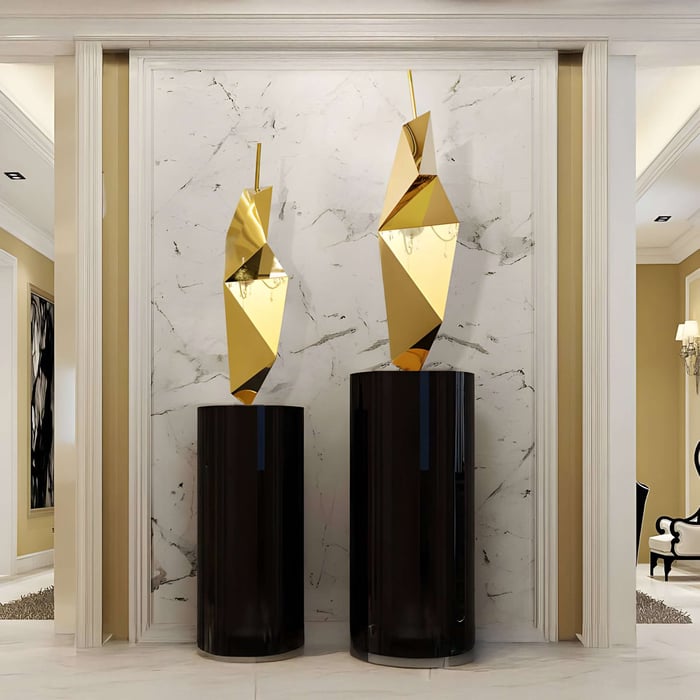
Geometric Sculptures and Their Role in Creating Structured Spaces
Stainless steel geometric sculptures serve as striking focal points in structured environments, accentuating architectural lines and symmetry. Their precise shapes complement minimalist designs beautifully, creating a sense of order and intentionality. For example, placing stainless steel geometric sculptures in minimalist office or corporate provides visual stability, reinforcing a professional and organized atmosphere. Additionally, geometric sculptures can be strategically positioned within indoor spaces to delineate areas or reinforce architectural aesthetics.
Organic Sculptures: Bringing Natural Inspiration Indoors
Stainless steel organic sculptures uniquely blend contemporary materials with natural inspiration, inviting a sense of serenity and connection to nature within indoor and outdoor spaces. For instance, abstract sculptures mimicking flowing water, gentle curves of leaves, or organic floral forms bring life and calmness to their surroundings. Imagine an elegant stainless steel organic sculpture resembling a fluid wave placed near a building's entrance or within a serene meditation garden - its flowing form effortlessly evokes tranquility, transforming the ambiance of any environment.
Selecting the Ideal Abstract Sculpture
Factors to Consider: Space, Style, and Material
When selecting abstract sculptures, particularly those made from stainless steel, consider essential factors such as available space, overall design style, and the sculpture’s intended emotional impact. Stainless steel sculptures provide practical benefits, including durability, weather resistance, and low maintenance requirements, making them perfect for both indoor and outdoor applications.
For outdoor areas, stainless steel abstract sculptures withstand harsh conditions, resisting corrosion, fading, and deterioration. Indoors, their reflective surfaces enhance lighting and décor, integrating effortlessly into various styles from modern minimalism to contemporary luxury. Assess your space carefully - large, open spaces often accommodate larger sculptures effectively, while smaller rooms benefit from smaller, strategically positioned pieces.

Choosing Between Geometric and Organic Sculptures for Maximum Impact
The decision between geometric sculptures and organic sculptures depends significantly on your desired atmosphere and emotional response. Stainless steel geometric sculptures suit structured, professional environments - such as corporate offices or public plazas - where conveying stability, order, and precision is crucial. For instance, a stainless steel geometric sculpture with angular forms placed in a corporate lobby communicates strength, decisiveness, and clarity.
In contrast, stainless steel organic sculptures are ideal for spaces intended to foster creativity, relaxation, or emotional openness. These organic forms effortlessly introduce softer aesthetics, evoking calmness, comfort, and inspiration. Consider placing an organic stainless steel sculpture in creative agencies, wellness centers, or residential areas where its soothing lines create inviting atmospheres that inspire emotional engagement.
Maintaining Your Abstract Sculptures
Practical Tips for Preserving Modern Sculptures
Ensuring your stainless steel abstract sculptures remain aesthetically appealing and structurally sound requires proper care and maintenance. Regularly clean sculptures using soft microfiber cloths with mild soap solutions to remove dust, fingerprints, and contaminants. Always dry surfaces thoroughly to prevent water spotting.
To maintain the polished finish of stainless steel, periodically apply stainless steel polish or protective wax specifically designed for sculptures. Avoid harsh chemical cleaners and abrasive tools, as these can scratch or damage the sculpture's surface. For outdoor sculptures, regularly inspect them for signs of environmental stress or corrosion, addressing any minor issues promptly to prevent further deterioration.
By diligently following these practical maintenance tips, your abstract sculptures will retain their beauty and enhance your space's visual appeal indefinitely.

